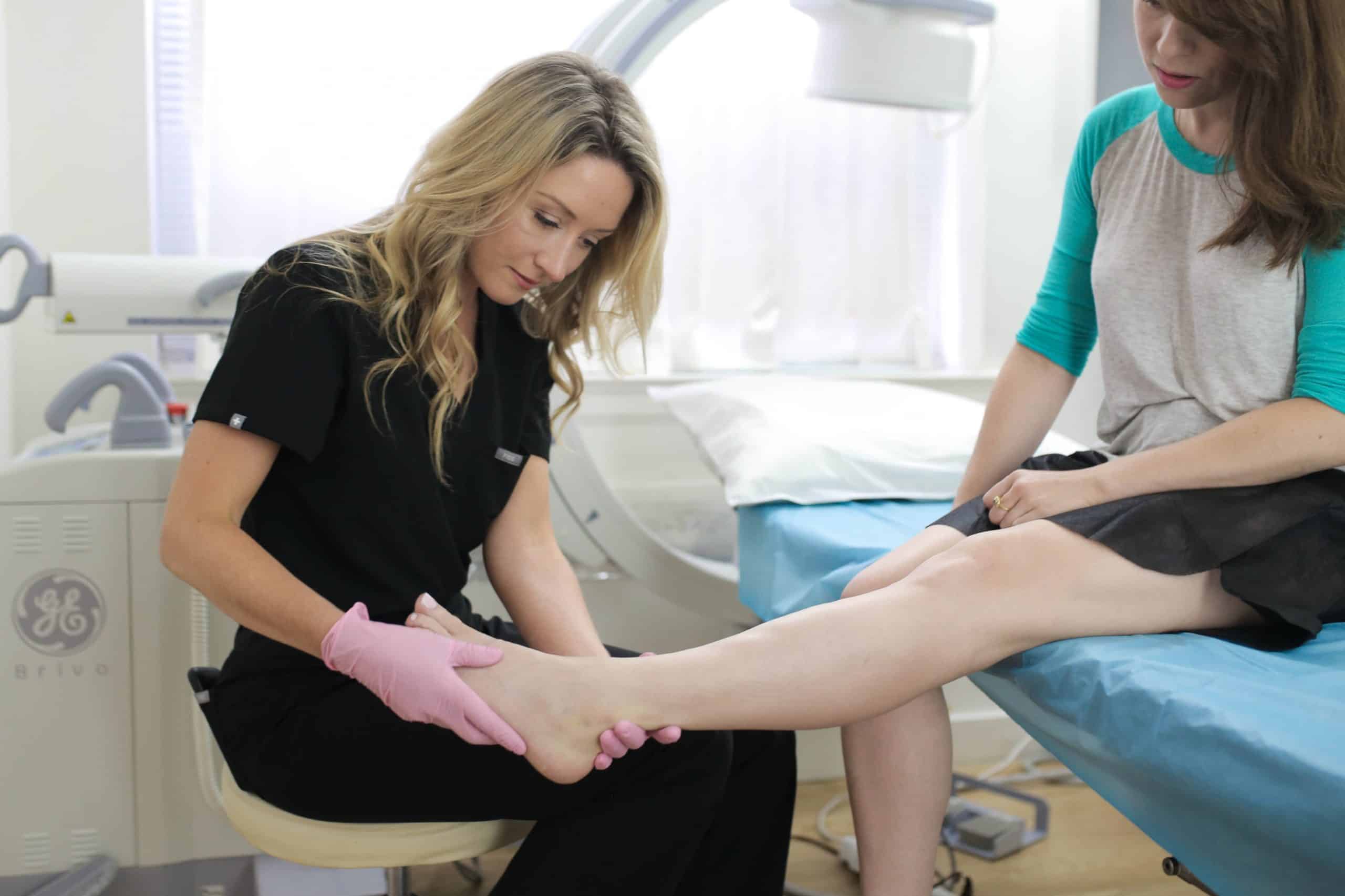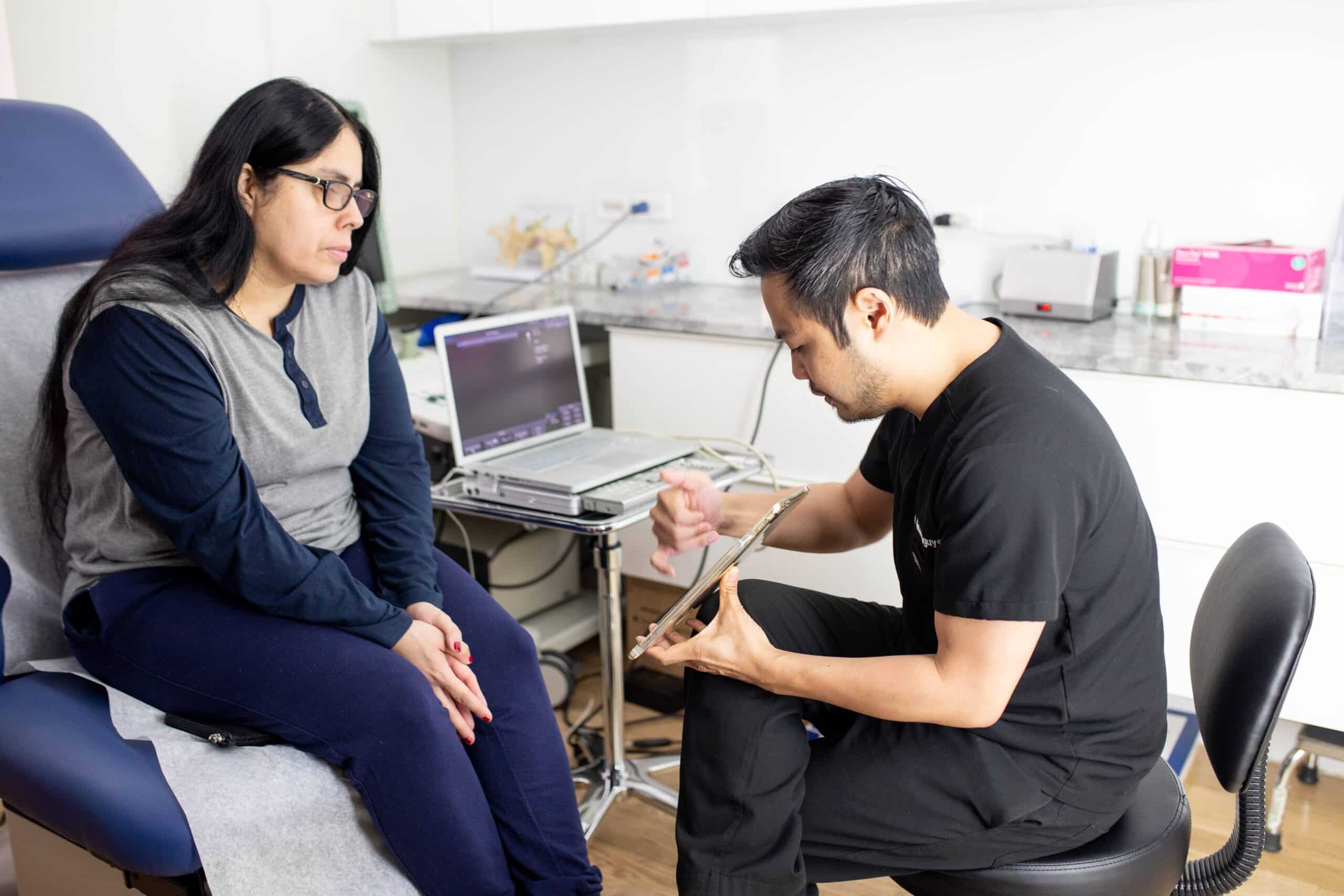Maintaining good health is important, and some symptoms, particularly those concerning blood vessels and circulation, should not be disregarded. What is the treatment for varicose veins and Peripheral artery disease (PAD)? Which are the issues that need attention? Knowing the symptoms of PAD will help you decide when to consult a vascular expert. The symptoms of peripheral artery disease, which affects the blood flow to the legs and other extremities, will be discussed in this article.
What Is Peripheral Artery Disease (PAD)?
It is known as peripheral artery disease when the blood vessels supplying the legs and arms constrict or get blocked. The symptoms and problems that result from this decreased blood flow can vary. It is critical to detect the PAD warning signals in order to get the right medical attention and stop future complications.

Peripheral Artery Disease’s Warning Signs
The warning signs of peripheral artery disease are mentioned below:
Leg Aches and Cramps
Leg pain, especially when exercising, is one of the main signs of peripheral vascular disease. The muscles in your legs could feel heavy, cramping, or painful. Although it usually starts in the calf muscles, this discomfort can sometimes spread to the thighs or buttocks. With rest, the pain frequently goes away.
Slowly Healing Injuries or Sores
It may indicate poor blood circulation brought on by PAD if you observe ulcers or sores on your legs or feet that take a while to heal. Reduced blood flow can impair the body’s capacity to heal, resulting in ulcers or infections that do not heal. Getting medical assistance to aid recovery and stop further issues is critical.
Temperature and Skin Color Changes
PAD can impact your skin’s look and warmth. You might notice that your skin starts to seem pale or bluish. Additionally, your skin may feel chilly to the touch, especially compared to the surroundings. The lower blood supply to the affected area is what causes these alterations.
Low or nonexistent pulses
A vascular doctor can take your pulse to evaluate the blood flow to your extremities. Peripheral artery disease may be indicated if your legs or feet pulses are weak or nonexistent. A thorough examination by a medical specialist can identify the cause of the lowered pulse and direct the most suitable course of action.

Sensations of numbness or tingling
Lack of sensation in the affected area may result from decreased blood flow. You can feel numbness, tingling, or a pins and needles sensation in your legs or feet. You shouldn’t disregard these feelings because they may interfere with everyday tasks.
In Conclusion
To receive prompt medical care, it is essential to recognize the warning indications of peripheral artery disease (PAD). Peripheral artery disease symptoms include leg cramps and soreness, slow-healing wounds or sores, skin tone, and temperature changes, weak or missing pulses, and numbness or tingling.
What Kind of Doctor is a Vein Specialist? If you notice any symptoms, getting a vascular doctor visit is important. They can evaluate your health, do the required tests, and administer the right therapies to manage PAD and enhance blood flow.

Comments (1)